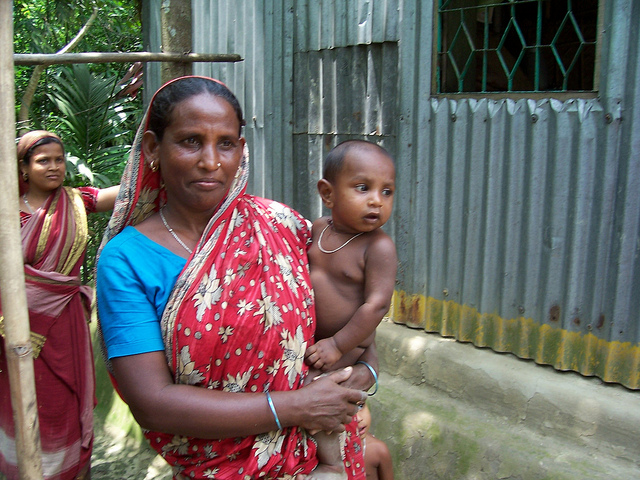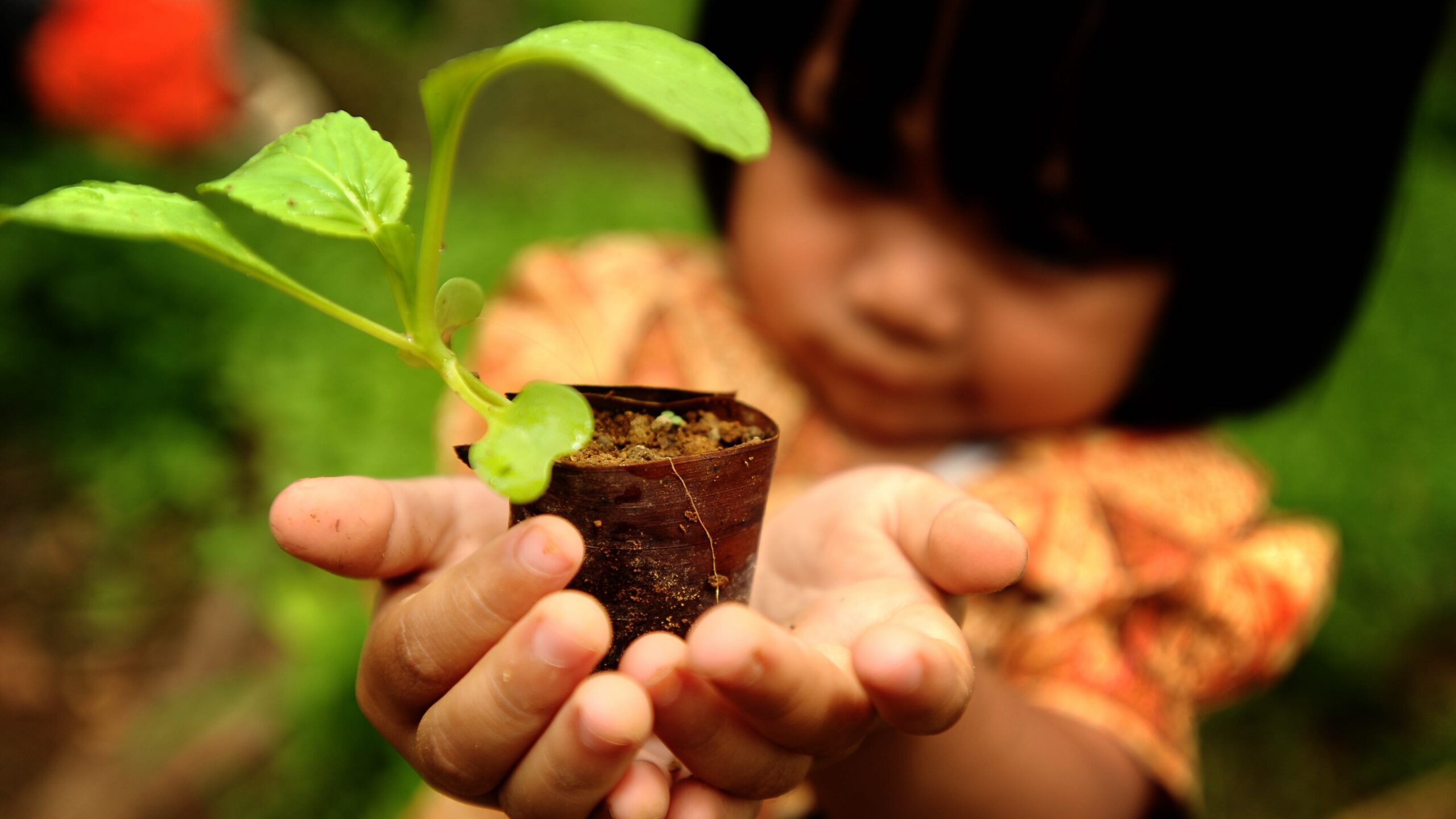While gains in agricultural productivity and poverty reduction achieved during the Green Revolution have been widely recognized, little is known of how these shifts in practice and production impacted the nutritional status of individuals in these countries, particularly women and children.
The mix of policies to promote inputs such as irrigation and fertilizers, in conjunction with high-yield varieties of rice, wheat, and maize—known collectively as the Green Revolution—helped Asia to scale up food production dramatically over the last 40 years.
Although Bangladesh was a late adopter of many Green Revolution technologies, rice yields in the country increased by approximately 150 percent and wheat by approximately 250 percent since the 1960s, according to the FAO. The observed agricultural growth has been astonishing; however, substantial information gaps exist about how this growth has influenced the nutritional status of those in Bangladesh.
In their discussion paper, Agriculture, Nutrition, and the Green Revolution in Bangladesh, IFPRI senior researcher Derek Headey and colleague John Hoddinott take a closer look at the linkages between agriculture and nutrition in Bangladesh. They analyzed nutrition data from five Demographic Health Surveys from 1997 to 2011 and combined it with rice yield estimates at the district level. Using this information, the researchers estimated the impact of rice productivity growth on the nutritional status of preschoolers.
Headey and Hoddinott found that:
- Nutritional change is a multisectoral process. Asset accumulation and improvements in parental education were found to be the two most important catalysts for change in nutrition status.
- An increase in rice yields had a large impact on children’s weight gain due to the increase in food consumption during critical periods of development.
- Increases in rice yields did not, however, have a direct impact on observed improvements in child stunting rates during the 1997 to 2011 period.
- Rice productivity growth had a limited impact on reducing chronic undernutrition in young children because it does not address underlying micronutrient deficiencies by promoting greater dietary diversity. This points toward the need for an array of policy options to better promote diversification of diets to include more micronutrient-rich foods.







